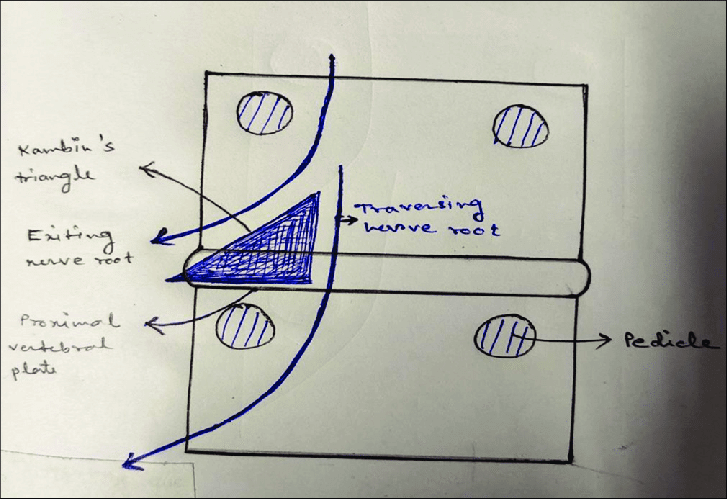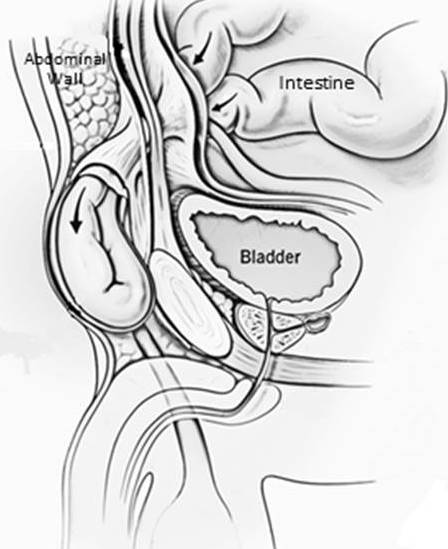Linea aspera is a ridge of roughened surface on the posterior surface of the shaft of femur which serves as a site for attachment of muscles and intermuscular septum.

The various structures attached to linea aspera can be remembered using few mnemonics:
Mnemonic 1#: 1, 2, 3
It gives attachment to:
- One biceps femoris (short head)
- Two vasti (vastus medialis and vastus lateralis)
- Three adductors (adductor longus, adductor brevis and adductor magnus) and Three intermuscular septum
Mnemonic 2#:
1. The area medial and lateral of medial and lateral intermuscular septum respectively is the anterior compartment.
- Medial most attachment: Vastus medialis
- Lateral most attachment: Vastus lateralis
2. The area between medial intermuscular septum and posterior intermuscular septum is the medial compartment. The arrangement of muscles from medial to lateral can be remembered using the mnemonic: ALABAMa
- Adductor Longus (inferior)
- Adductor Brevis (superior)
- Adductor Magnus
3. The area between posterior intermuscular septum and lateral intermuscular septum is the posterior compartment. Only 1 muscle of posterior compartment of thigh arises from femur, i.e.:
- Biceps femoris (short head)



